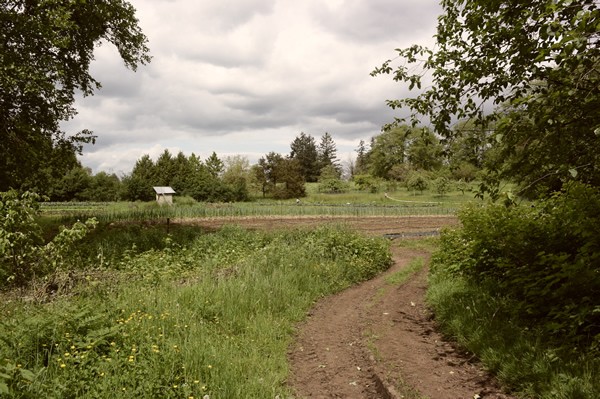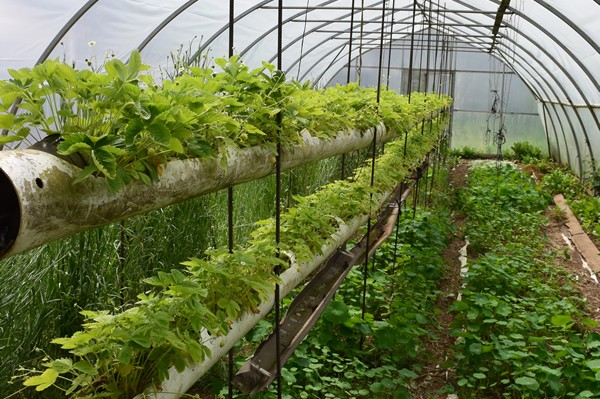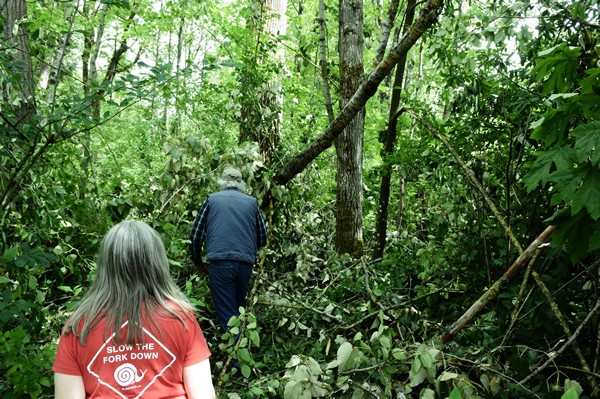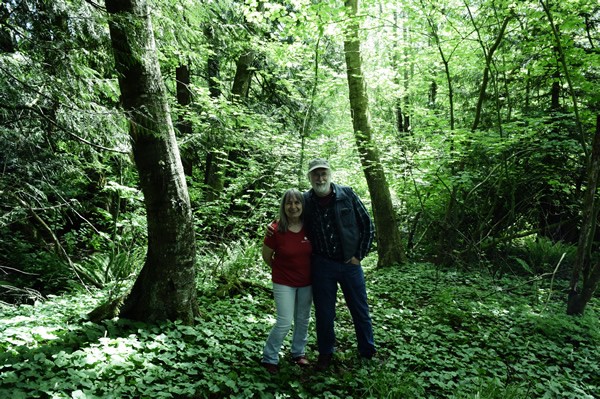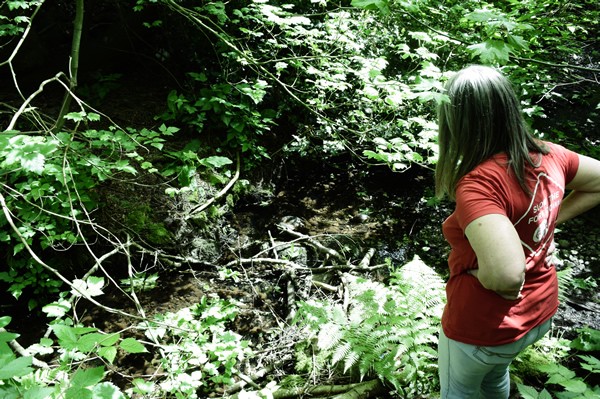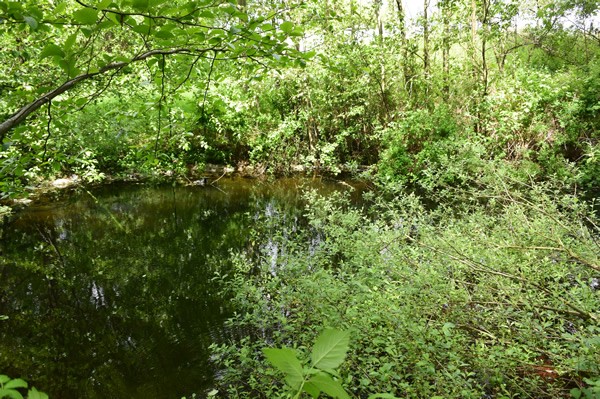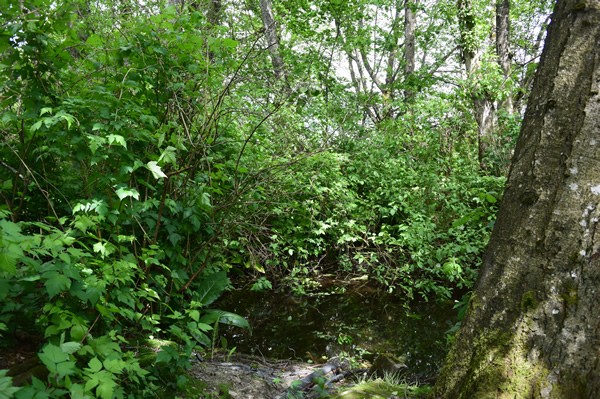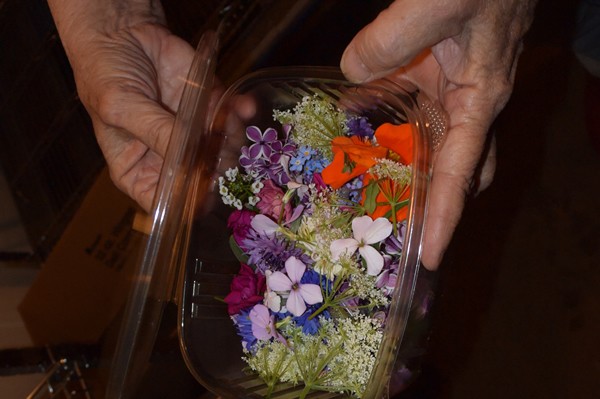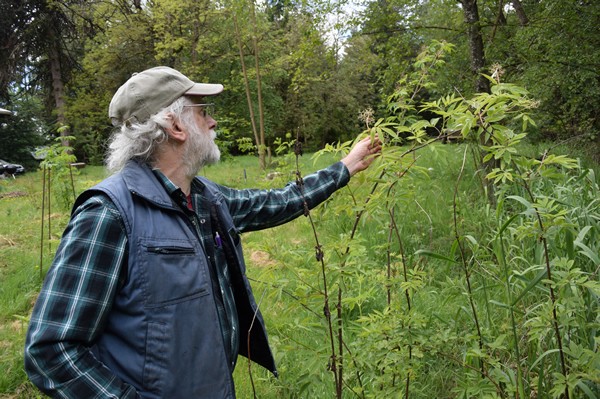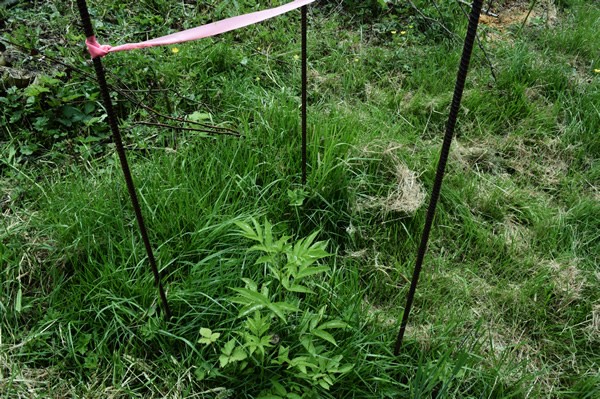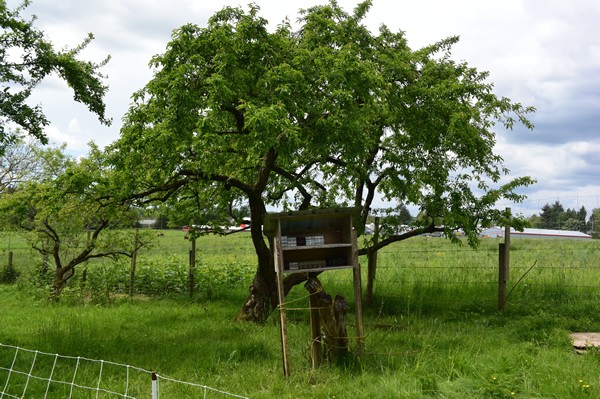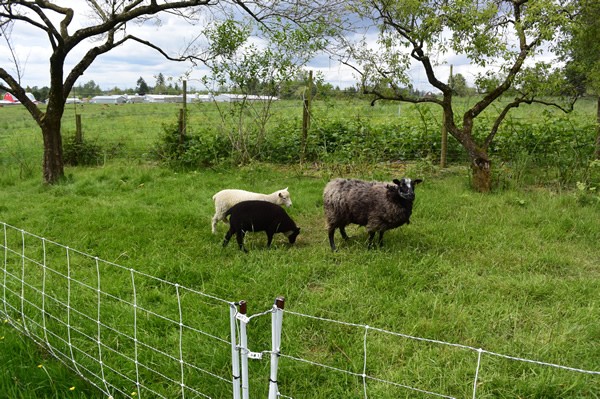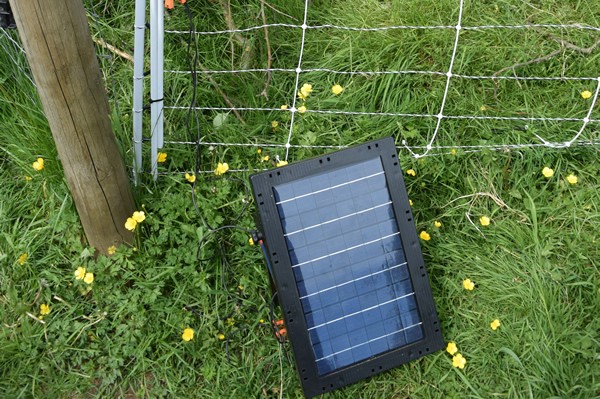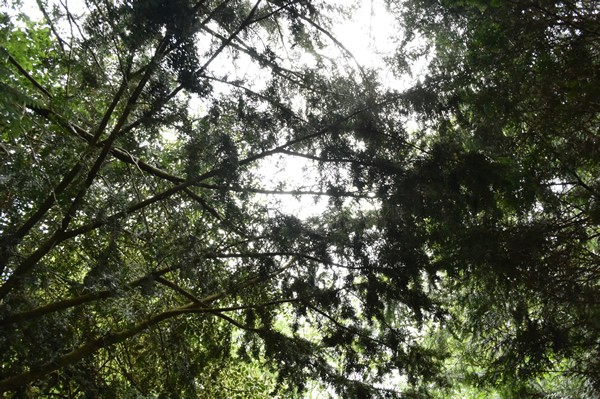Site Description
Name of the site: Glorious Organics and Fraser Common Farm
Address: Fraser Valley
Size: 20 acres
Type of crops: Mixed farming operation. 5 acres of intensive, annual row crops.
Number of people employed: 10-12 (varies by season)
Managed property: 20 years
Website address: http://www.gloriousorganics.com/
Our goal is farming in perpetuity
Stewardship Practices Guides
The following guides are relevant to this project site
- Riparian Areas in Settled Landscapes
- Guidance for Restoration Activities in Riparian Areas
- Drainage Maintenance in Agricultural Waterways
Click to download table for stewardship practices on the Glorious Organics and Fraser Common Farm.
Project Overview:
The farm land used by Glorious Organics is known as Fraser Common Farm and has been cooperatively owned for the past 40 years. The land is going into its 33rd year of agricultural production and the largest challenge facing the agricultural cooperative is keeping up with demand for their products.
Our biggest problem is we don’t have enough production.
Since the formation of the co-operatives, employing stewardship practices has been core to their operation. As one of the first organic farms in the Fraser Valley, the co-operatives are deeply committed to stewardship. They employ stewardship practices including the provision of bee mason ‘hotels’ and the use of solar panels to power their electric fences. However, perhaps the most prominent example of stewardship is the large areas of the farm that are left wild.
We have designated some land areas to be left in as much of a natural state as possible. There is a lot of land on our farm that we have no intention of disturbing.
This protected habitat includes over 4 acres of water courses and riparian areas. Overtime, the co-operatives have worked with numerous organizations to help improve and protect this riparian habitat. This varies from school children helping with invasive species removal to more long-term riparian restoration projects. Michael describes a past project where aquatic habitat was altered to create more suitable salmon habitats.
Gravel beds were created and you can see a few large rocks that were inserted to slow water down so that [salmon] eggs don’t get washed away.
The wild areas on farm also provides benefits in the form of food products, which are sold to local chefs. Heather describes ‘wild crafting’ or managing the wild areas to produce food products.
We do a lot of wild crafting. From the forests and from the perennial plants that we haven’t planted that just volunteer themselves around the farm. We have a good start up in spring because we harvest nettles, elder flowers, day lily shoots and wild edible greens and flowers.
This approach to view wild plants as potential food resource also informs how they approach certain invasive plant species. Although they attempt to control invasive species they don’t necessarily ‘attempt to eradicate… things like blackberries or nettles’. In some cases, invasive plant species are harvested and sold to local chefs.
This year, we had kilos of wild mustard greens, which is a wild invasive species, so sometimes we like the invasive species, if they’re edible and we can manage them then we can sell them. People couldn’t believe it, all of a sudden, the chefs discovered this wild garlic. We just love them.
Key stewardship actions:
- Protect Existing Riparian Areas
- Maintain or plant agroforestry crops
- Manage invasive species
Champions
Heather, Michael and the members of Glorious Organics and Fraser Common Farm co-operatives
Motivation
The farm’s mission statement is ‘farming in perpetuity’. Michael describes why embracing this long-term approach is important to the way they run the farm.
Our mission statement says, ‘farming in perpetuity’. One of the First Nations perspective is you plan seven generations out and we’re only just starting to look at. Probably in the last 20 years has occurred to us that we’re all getting older and we can’t keep up and we’re you know there’s going to be a next generation. I’m starting to plan for further down the line. A lot of what we’re doing this year is to really think about perennials and things that we can put in that will continue to produce with low maintenance.
Another important philosophy is the permaculture concept of “working with nature rather than against it (Michael)” or in Heather’s words producing food in a way that is the “least [invasive to] the natural order and the most effective or efficient way of managing [the land].”
An additional goal of the farm, relates to its identity as a community farm. Therefore, some of the land is set aside to create community spaces where social gatherings can take place. As Michael describes they also seek to include the co-op members to participate in farming the land.
We do have some recreational use, as it is a community farm. Like this field we call the fun field and we try to keep it purely for social gatherings and social events. Our goal is farming in perpetuity but I think also the social thing that this is a farm that’s owned by 30 or 40 members and it’s their farm and they can participate.
Challenges
Maintaining these large areas of wildlife habitat does come with some challenges. Of particular concern to Michael are the safety concerns, resulting from maturing trees that can pose a risk to nearby buildings.
We’re trying to keep them away from the buildings because they are actually safety hazards
To some extent, these safety hazards are a result of their choice to preserve this wildlife and not to manage it more actively. As Michael describes by not managing these riparian habitats, these trees have matured to a state, where during big wind storms they can be dangerous for those living on the farm.
I think not managing a lot of the wetland areas has led to these kind of safety hazards.
Another ongoing challenge are managing invasive species. As Heather suggests “it’s just really difficult”. Although they do gain some benefit from harvesting a particular species they can be challenging. Michael depicts the blackberries as ‘horrific’ and details how the sloping nature of their farm makes managing these invasive plants even more challenging.
Our land is not flat so managing it with a big mowing tractor or something is difficult.
Managing the water that travels through these wild riparian areas is another key challenge. In the past, they have chosen not to manage these areas at all. This creates missed opportunities from an agriculture perspective. For example, if they were to dredge some of the ponds they could ‘store more water’ or they could dig ditches to help with drainage. Managing water more actively is also core to the principles of permaculture, as Michael describes:
Permaculture talks about slowing the water down and inviting it to stay on your property longer using it multiple times.
Whatever changes in water management they do make, Heather is adamant that “it has to not be at the expense of the environment and the fish”.
Outcomes
The results of the farm’s long-term commitment to stewardship are clear when walking their land. Michael and Heather describe many different species that find habitat on their farm, including salmon, frogs, deer, possums and raccoons.
When you’ve got that many frogs around you know you’re not polluting anything. You’re doing a good job when you have that type of wildlife. We have deer. We have possums, we have raccoons that come through and lots of wildlife.
Their focus on ‘wild-crafting’ or gathering food from wild areas has also allowed them to maintain extensive tracts of protected habitat on their land. As Heather describes this has allowed them to create habitat that is as “biodiverse as you could probably get on a farm”.
For land-owners interested in doing similar work, Michael suggests reaching out to the many organizations who can provide valuable support like Salmon Safe, BC Wetlands, COABC, Farm Folk City Folk and regionally specific organizations like Langley Environmental Partners Society. However, Michael cautions that without a good business plan you will not be able to complete many of these stewardship practices.
If your business plan is poor you’re just going to be a [bad] environmental steward because you’re just always scrambling to make a buck.
Stewardship Practices Menu
Learn more about Species at Risk
Stewardship Practices Case Studies
Fraser Valley & Lower Mainland Sites
Kootenay Sites
Okanagan Sites
Vancouver Island Sites
Contact Information
Find us on social media
LinkedIn: @StewardshipCentreBC YouTube: @stewardshipcentreforbc1047 Instagram: @StewardshipBC

